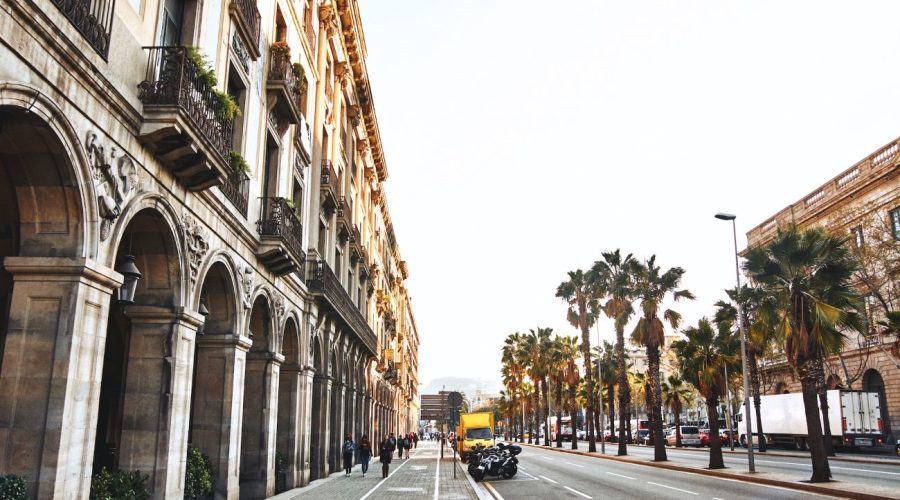Dublin’s Famous Buildings: Unveiling the Architectural Marvels
Greetings to Dublin, Ireland’ s capital city famous for its rich history, exciting cultural scene and beautiful architecture. In this blog post, we will take a look at some of Dublin’s most famous buildings, showing how Dublin’s buildings make Dublin so special. Whether you are into history or just appreciate the architecture of Dublin you are in for a treat!
1. The General Post Office (GPO)
The General Post Office on O’Connell Street in the heart of Dublin is more than just a post office. It is of great historical importance as the site of the 1916 Easter Rising, a turning point in Ireland’s long struggle for independence. With its neoclassical front and great columns, GPO remains a testimony of resilience and independence.
Interesting Facts about the GPO:
- The GPO was constructed in 1818 and was heavily modified in the 19th century.
- It is one of the last grand Georgian public buildings of Dublin.
- Interior of the building features exceptional central hall with a glorious domed roof.
- Today GPO operates as post office and has small museum which is all about 1916 Easter Rising.
2. Dublin Castle
A storied and beautiful complex found right in the middle of the city, Dublin Castle is. Originally constructed as a defensive stronghold against the Norman invasion, the castle developed over the centuries into a mighty monumentality of British rule and then was converted into a presidential palace.
Interesting Facts about Dublin Castle:
- Dublin Castle, a construction built as far as the early 13th century is concerned.
- It has a blend of styles, some of them thirteenth century, Georgian and modern.
- The State Apartments within the castle are open to the public offering opulent furnishings from different periods of history.
- The castle is located within a lovely garden, the gardens include the Dubh Linn Garden situated on the spot where the black pool that gave Dublin its name originally was.
3. Trinity College
Trinity College which was established in 1592 is Ireland’s oldest university and an architectural treasure. Its famous Campanile, a bell tower, is visible from far away and is a monum Catalunya. On campus, you can admire beautiful Georgian-style buildings, cobbled courts and pretty green spaces.
Interesting Facts about Trinity College:
- The Campanile bell tower is at 30 meters high and was constructed in 1853.
- The Old Library in Trinity College is home to the famous illuminated Book of Kells.
- The Long Room sits within the Old Library, a majestic library with it holds over 200, 000 books and houses some of Ireland’s oldest texts and manuscripts.
- Trinity College’s campus also boasts of lovely landmarks like the Parliament Square and the College Chapel.
4. The Spire of Dublin
The Spire of Dublin, formally name the Monument of Light, is a modern land mark in Dublin’s Architecture. A 120 meters high steel on O’Connell Street monument. The Spire has turned into a popular meeting point and, has panoramic views over the city to its observation deck.
Interesting Facts about the Spire of Dublin:
- The Spire, raised in 2003, as a part of urban renewal project of the city.
- Its design was selected by way of world yr BY Competitons, which used to be gained via Ian Ritchie Architects.
- In the evenings, the Spire is lit up, giving Dublin a beautiful beacon in the middle of the town.
- The form of the monument is designed to evoke motion and freed recklessness.
Conclusion
Dublin’s iconic buildings are not just stone and mortar; they are chamber of history, culture, and masterwork of architecture. From the significant General Post Office & Dublin Castle to the impressive Trinity College & modern Spire of Dublin, each building has its tale to share.
By visiting these famous structures, you will find a better understanding of Dublin’s yesterday, today, and tomorrow. So if you’re about to visit Dublin, or simply want to elevate yourself on it, as well as these architectural achievements should not be removed from the travel plan. Prepare for an interactive experience of the beauty of Dublin’s well-known buildings
Dings!
Table of Contents



